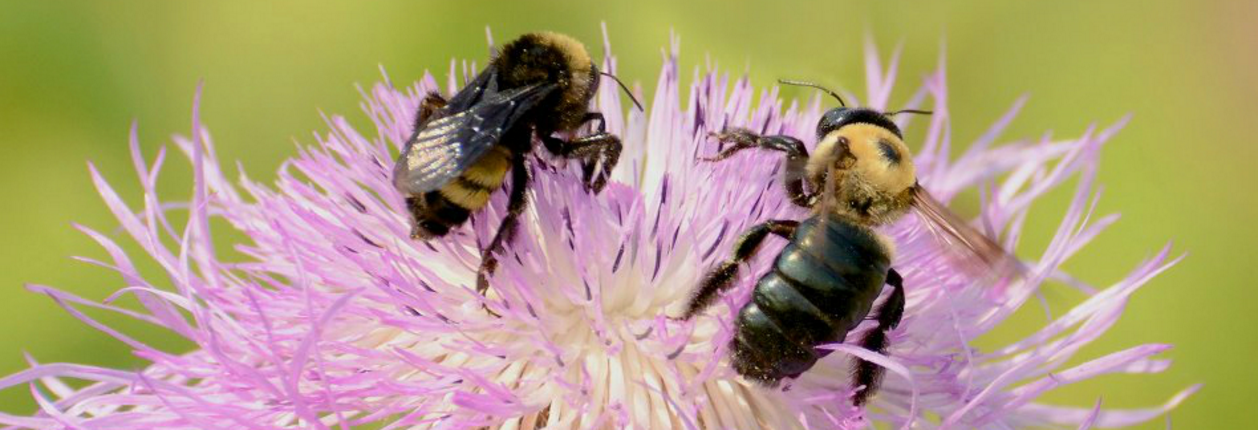Plight of the Bumblebee
Friday, March 10th, 2017This is Passport to Texas
Texas has nine native bumblebee species. Loss of habitat to agriculture, use of pesticides, as well as European honeybees competing for food, threatens these important pollinators.
And so if we have a reduction in bumblebees, that spells trouble for our ecosystems.
Michael Warriner, an invertebrate biologist, says because Texas bumblebees have evolved with native flora as pollinators, fewer native bees would eventually translate to fewer native plants, which would impact other living things…
The birds and the mammals and other insects that depend on plants for fruit, or seeds, or just the functioning ecosystem.
While we give non-native European honeybees credit for pollinating our food crops, in some instances, bumblebees outperform them.
14—Bumblebees, although they aren’t talked about a lot as important pollinators, they’re much better and more efficient than honeybees. They’re the best pollinators for things like tomatoes, blueberries, cranberries, melons, and those sorts of crops.
You can find more bumblebee on the Texas Parks and Wildlife website.
11—And if you’re interested in being a bumblebee watcher, check out the website, and if you see any bumblebees in your garden, just send in photos. We’re really trying to learn how bumblebees are doing.
That’s our show for today…the Wildlife Restoration program supports our series…For Texas Parks and Wildlife, I’m Cecilia Nasti



 Passport to Texas is a
Passport to Texas is a  Passport to Texas is made available by:
Passport to Texas is made available by: